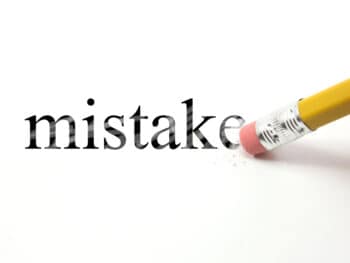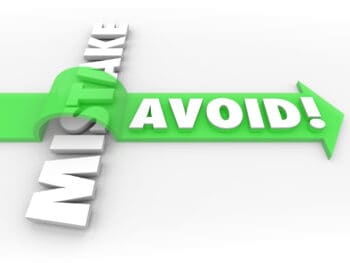
The fact is that almost all workers compensation costs are controllable. The more involved you are, the better-run your program is, the lower workers compensation costs you are going to see.
Even those are actively engaged in their workers’ compensation program will have some areas that could be improved. Every claim that has a reserve can increase your program and insurance policy costs. So what could you be doing wrong?
Claims That Do Not Need To Be Reported
Some claims are not workers’ comp claims. Just because you are at work and something happens, that does not mean that work directly caused or exacerbated or aggravated anything. But what happens is a claim is reported anyway, and maybe it is a medical-only file, and the adjuster is not going to even blink at it. The worker gets $1,000 in medical bill coverage under your comp policy, when in fact it should not have been a claim at all. You may have sufficient evidence to show a controversial work comp issue, but chose to just file it, and the adjuster then did not investigate because you failed to mention it was questionable. That is leakage, and that is money right down the drain.
Improper Claim Reporting
Regardless of an employer’s size, you must have some sort of process for a worker to report an injury. Usually, they go to a supervisor or manager, and then that person goes to the HR dept. As simple as this seems, this is always the hardest task to accomplish. It is essential for every worker to know what to do should an injury arise. We recommend Injury Triage to correct this problem.
Late Claim Reporting
Late claim reporting is an easy fix with Injury Triage. Employers love to hold on to claims for whatever reason. The longer it takes to reach an adjuster, the longer it takes to resolve the claim. Even worse, the carrier and the employer may be fined by the State for late reporting. This all adds up to more money down the drain.
Lack Of Employer Interaction With The Carrier
For any program to be successful and run efficiently, the employer has to be involved. The adjuster needs to have a contact person at the employer, and that person needs to know how to get a worker back to work, where to send wage histories, to provide job descriptions, etc. It can’t be 18 different people at the same location, but rather a few, or a small team at most. If the adjuster has no idea of whom to talk to at the employer, this program has no chance of success.
Failure To Monitor Claims
This goes back to interaction between the carrier and employer. If they are not working together as a team, the relationship is doomed. The claims are also doomed, and the money is going to go pouring out the window. Missed chances for light-duty work will probably be the biggest culprit. Having to pay wage loss on any claim that could have had the chance to be a medical-only is not only disappointing but costly. You must think on a cumulative scale, $100 here and there is nothing, but when you add it up after years and years, it can be significant.
3rd Party Audit Of Claims
This is one that we do not see much of. If you really want to see how great your adjuster or carrier is, have them audited by an outside vendor. This is where you are going to get the truth of if they are really an asset to your company, and if that carrier is really doing all that they say they are. It is one thing to say how much they are saving you, but it is a different thing to see how much they missed out on saving on the program as a whole.

Contact: mstack@reduceyourworkerscomp.com.
Workers’ Comp Roundup Blog: https://blog.reduceyourworkerscomp.com/
©2019 Amaxx LLC. All rights reserved under International Copyright Law.
Do not use this information without independent verification. All state laws vary. You should consult with your insurance broker, attorney, or qualified professional.










